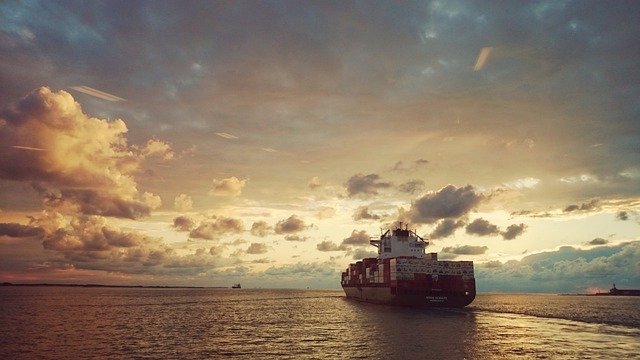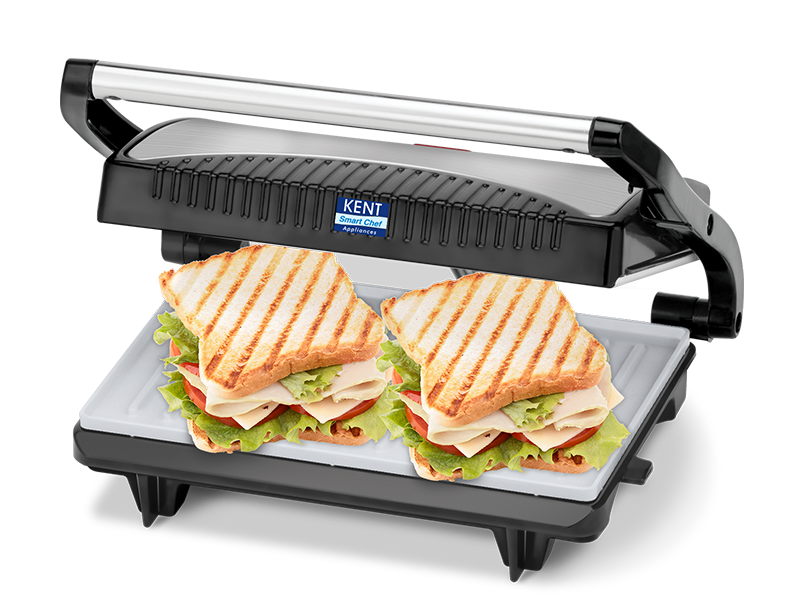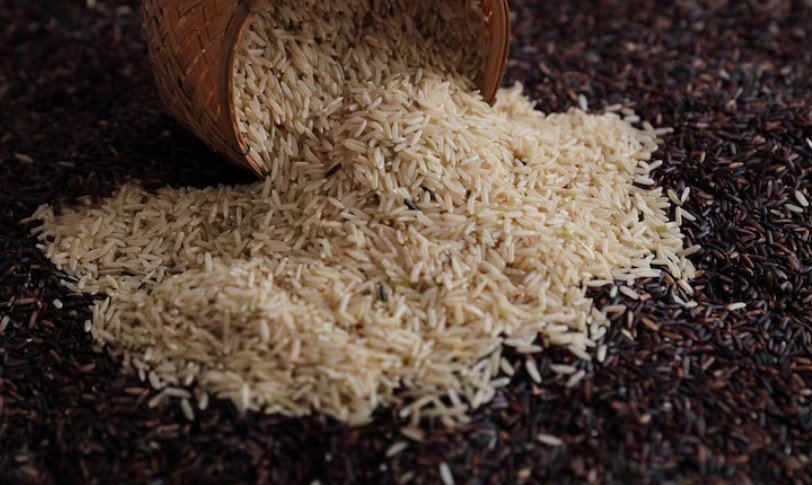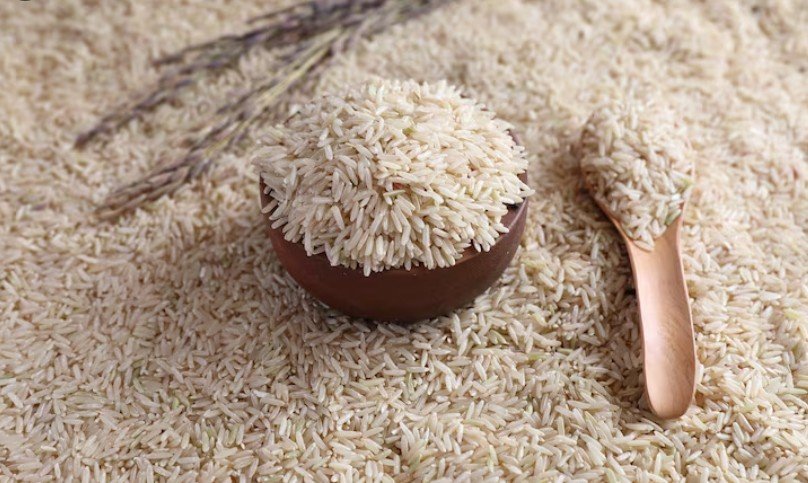When you look at a ship, especially from a distance, it’s easy to spot the massive hull cutting through the water. But have you ever wondered what the front part of the ship is called? The front of a ship is referred to as the bow—an essential part of the vessel’s design that plays a critical role in how the ship moves through the water. In this blog, we’ll dive into what is the ship’s front called, its features, and why it’s so important.
What is the Bow?
The bow is the front section of a ship, the point where the vessel begins its journey through the water. It is the opposite of the stern, which is the rear of the ship.
Bow vs. Stern
- Bow: The front of the ship, usually pointed and designed to reduce drag.
- Stern: The rear part of the ship, typically where the propulsion system and rudders are located.
The bow is one of the most important structural elements of any vessel, whether it’s a large cargo ship, a cruise liner, or a small recreational boat. Its design directly impacts the ship’s efficiency, speed, and overall performance.
Why is the Bow Important?
The design of the bow is crucial for several reasons. First and foremost, the bow’s shape helps the ship navigate smoothly through water by reducing resistance. A sharp, well-engineered bow allows the ship to glide through the waves with minimal friction, making it more fuel-efficient and capable of traveling faster.
Key Roles of the Bow:
- Hydrodynamics: The bow is designed to minimize the ship’s drag, ensuring smooth movement through the water.
- Stability: A well-shaped bow ensures that the ship remains stable and doesn’t sway too much in rough seas.
- Water Displacement: The bow is designed to displace water efficiently as the ship moves forward, helping to reduce the overall energy required to propel the vessel.
Components of the Bow
The bow is not just a single entity; it’s made up of several components that work together to ensure the ship’s functionality. Let’s take a look at some key parts of the bow:
- Stem: The vertical part of the bow, often the first part of the ship to encounter water. The stem helps to keep the ship’s frame secure.
- Bulbous Bow: Found on many modern ships, a bulbous bow is a protruding shape below the waterline that helps reduce drag and increase fuel efficiency. This shape creates a wave that counteracts the ship’s wake, allowing for smoother movement.
- Bow Thruster: A lateral propeller placed at the bow, which helps the ship maneuver sideways, making it easier to dock and undock in tight spaces.
- Anchor: Typically located in the ship’s front, the anchor helps keep the vessel in place when it needs to stop or stay anchored in one spot for extended periods.
Functions of the Bow
- Streamlined Movement:
The bow is engineered to minimize water resistance, ensuring the vessel can move efficiently. A well-designed bow reduces drag, which is especially crucial for large ships like cargo vessels and cruise liners. - Wave Deflection:
The shape of the bow helps deflect waves away from the vessel, reducing the impact of rough seas and improving stability. This feature is critical for maintaining the safety and comfort of passengers and crew. - Protection Against Collisions:
Many ships have reinforced bows to withstand minor collisions or ice impacts. For instance, icebreakers have specially strengthened bows to navigate icy waters.
Different Types of Bows
The design of the bow can impact everything from the ship’s fuel efficiency to its speed and maneuverability. Here are a few common types of bows you might encounter:
- Full Bow: Often seen in older ships or vessels meant for rough seas, the full bow has a rounded shape that helps the ship handle heavy waves.
- Clipper Bow: Characterized by a sharp, pointed shape, this type of bow is designed for speed and is commonly found on fast ships such as luxury yachts and sailing vessels.
The Bow in Maritime Terminology
Understanding the terminology associated with the bow is essential for anyone venturing into the maritime world. Here are a few common terms:
Bow Thrusters: Propulsion devices installed in the bow to assist with maneuvering.
Stem: The very front edge of the bow.
Forecastle: The area on the upper deck located near the bow, often used for storage or crew quarters.
Conclusion: The Bow’s Crucial Role
The bow of a ship is much more than its front end—it is a marvel of engineering, designed to navigate the complexities of the sea. Its shape and structure directly influence the ship’s performance, safety, and efficiency. Next time you see a ship cutting gracefully through the waves, you’ll know that the bow is leading the charge, steering the vessel toward its destination.












Leave a Reply